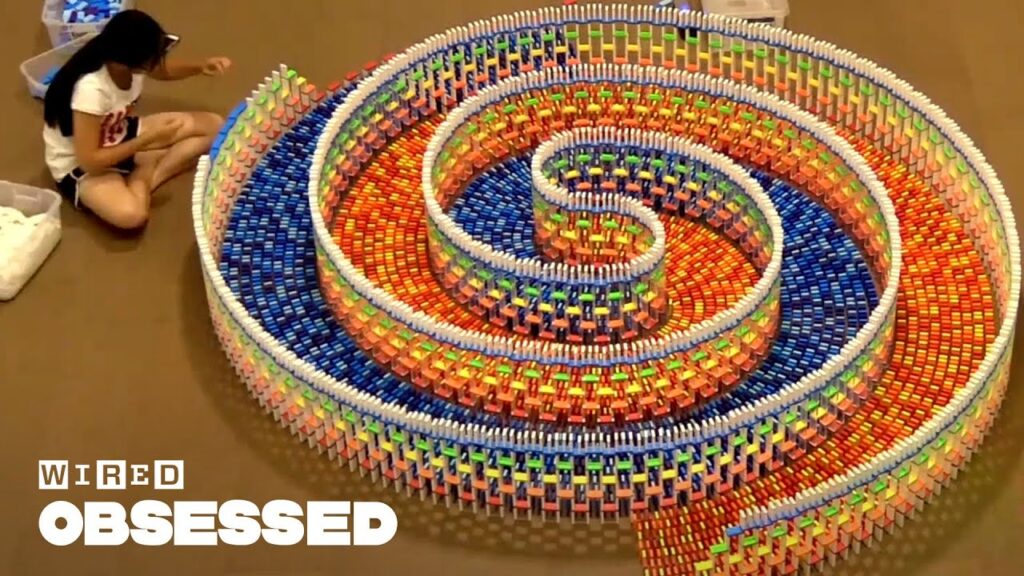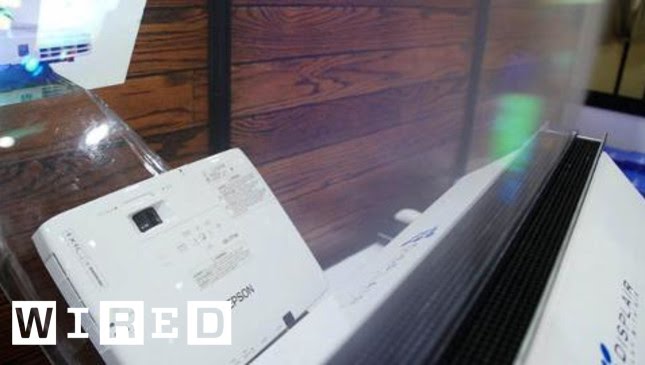Ice Sculpting: From Hand Tools to CNC Robots
Summary
In this article, we explore the process of ice sculpting, from using hand tools to creating intricate designs with CNC robots. We discuss the tools and techniques used to create detailed and refined sculptures, including the use of specialized bits for detailing. We also explore the use of computers and CNC robots to create even more complex designs, and the melting of the sculpture as a performative aspect of working with ice.
Table of Contents
- The Process of Ice Sculpting with Hand Tools
- Fusing Blocks of Ice and Using Power Tools
- Creating Intricate Designs with CNC Robots
- The Melting of the Sculpture as a Performative Aspect
The Process of Ice Sculpting with Hand Tools
Ice sculptor Shintaro Okamoto has been challenged to create an ice sculpture in 10 levels of increasing complexity. For this project, he has chosen to sculpt an angelfish, a familiar and interesting shape. Shintaro explains that crystal clear blocks of ice are made through a one-direction freezing process that allows air bubbles to lift up to the surface and circulation of water as it freezes. The first sculpture is made with just hand tools, starting with a block of ice and drawing the design onto the surface. The big hand saw is used to remove excess ice, followed by big flat chisels to define the outer contour. Smaller tools are used to refine the overall shape and add details, including specialized bits for detailing.
Fusing Blocks of Ice and Using Power Tools
Shintaro discusses the use of aluminum plates and water channels to fuse blocks of ice together. He also explains the use of chainsaws and die grinders to create the overall shape and intricate details of the sculpture. Designs may need to be adjusted based on tool limitations, but smaller chisels allow for more precise carving. Specialized bits are used for detailing, including needle bits for scales and bubble bits for finishing touches.
Creating Intricate Designs with CNC Robots
The last sculpture is created using a CNC robot with a spindle attached to a flatbed. The machine has X, Y, and Z axes that correspond to the data from the drawing on the computer. The carving process is done inside a freezer to keep everything stable. Different sizes of bits are used for different levels of the sculpture. The precision of the machine allows for a more daring and detailed form. The artist wants to design a skeletal structure and piece it together with blocks of ice to create a more dynamic overall design. They suggest using 3D carving machines or arms for automated structures, but they prefer the use of the CNC robot.
The Melting of the Sculpture as a Performative Aspect
The melting of the sculpture is seen as a liberating and performative aspect of working with ice. The artist explains that the sculpture is not meant to last forever, but rather to be enjoyed in the moment. The melting of the sculpture is a reminder of the impermanence of life and the beauty that can be found in fleeting moments.
Conclusion
Ice sculpting is a beautiful and intricate art form that requires skill and precision. From hand tools to CNC robots, artists can create stunning designs that capture the imagination. The melting of the sculpture adds an element of performance and reminds us of the beauty that can be found in impermanence.







